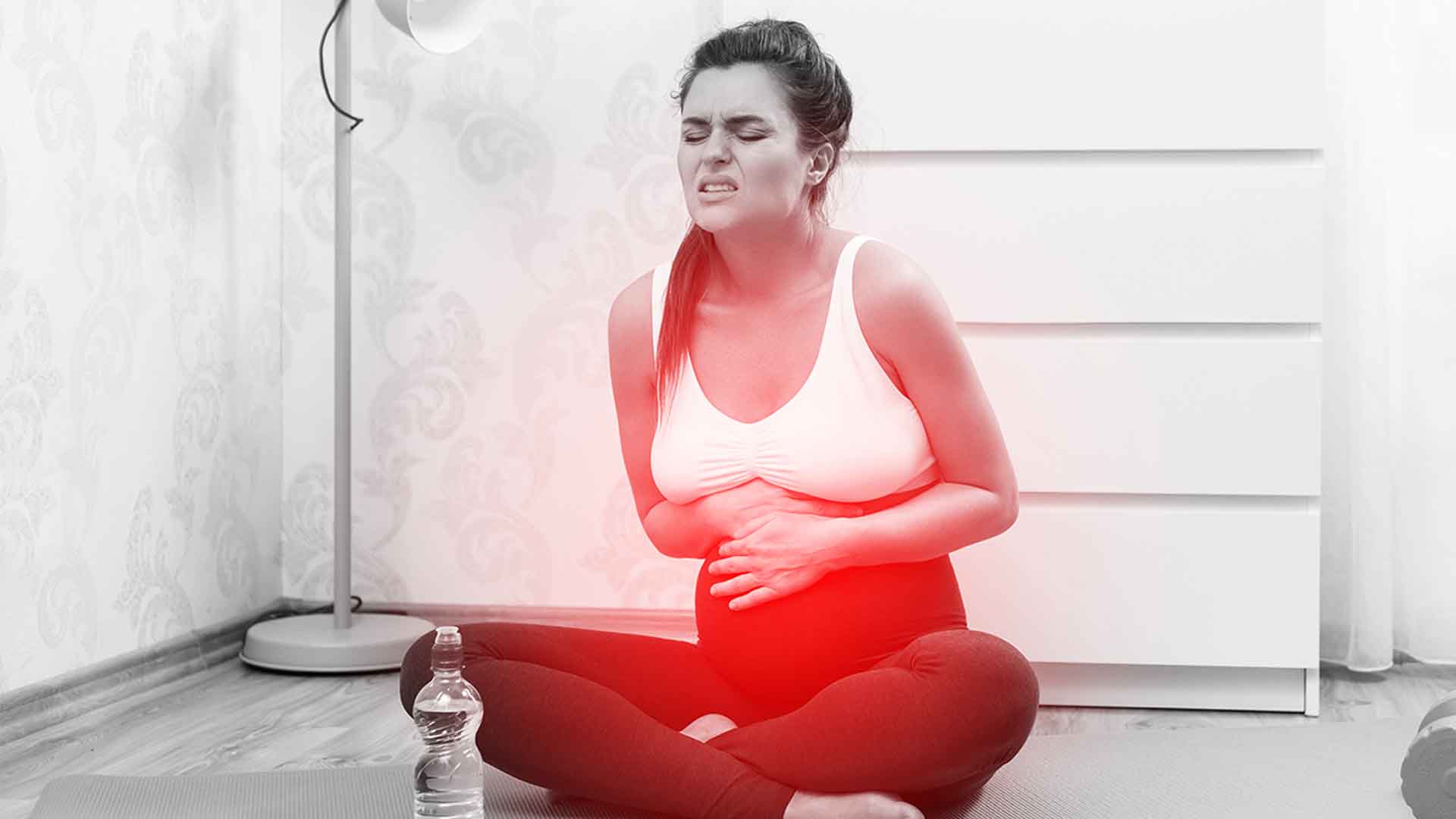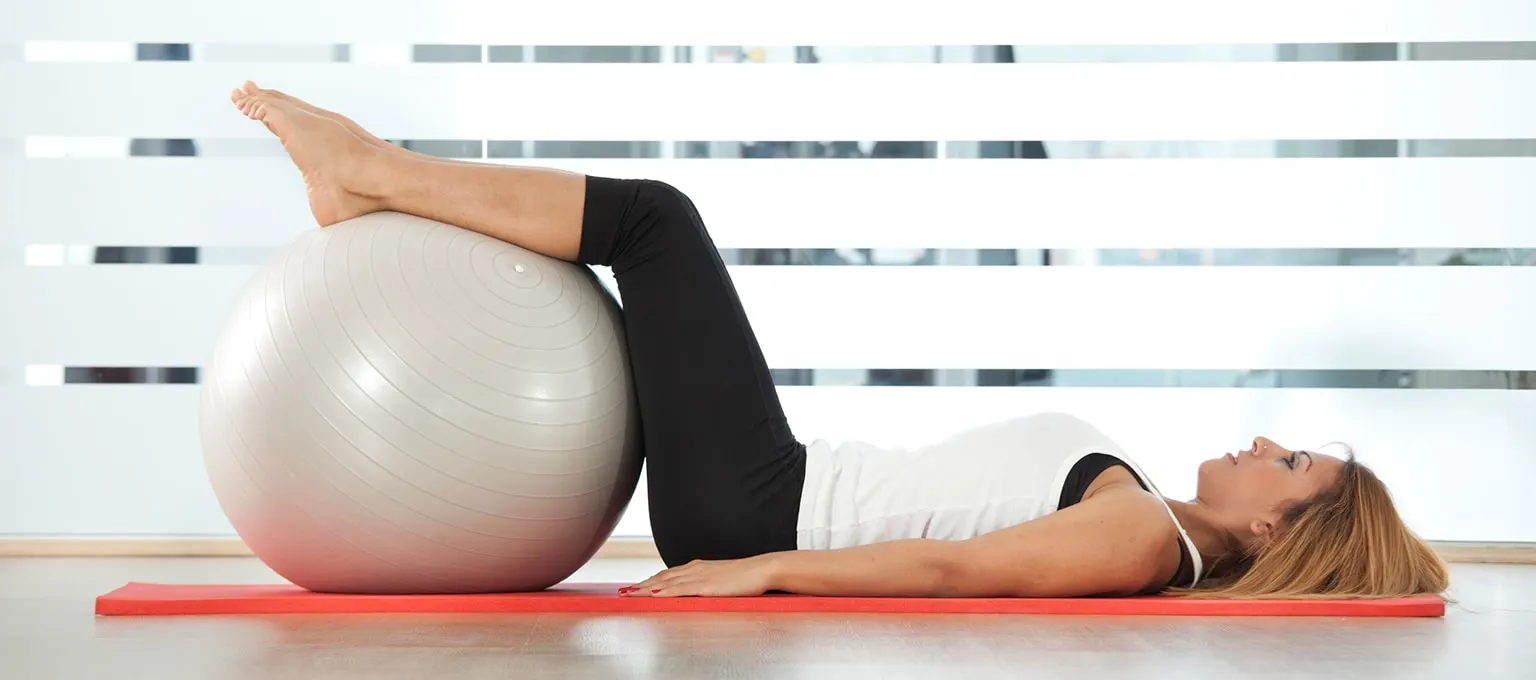Feeling the burn after a workout is a sign that you’ve pushed your body to new limits. But what about that lingering stomach pain? It’s not uncommon to experience discomfort in your abdominal muscles after a rigorous exercise session. But don’t worry, we have covered you. There are effective methods to alleviate this pain and get you back on track.

In this blog post, we’ll share effective methods to relieve stomach pain after exercise. We’ll also provide you with practical solutions to ease the discomfort and get you back in the game.
Contents
How to relieve stomach pain after exercise?
By following these simple steps, you can find relief and continue pursuing your fitness goals:
1. Rest and Recover:
If you’re experiencing severe stomach pain or muscle soreness, it’s crucial to give your body time to rest and recover. Take a break from strenuous exercise and allow your muscles to heal. This downtime will prevent further strain and promote healing.
2. Apply Heat:
Applying heat to your sore stomach muscles can help to soothe pain and reduce stiffness. You can enjoy a hot bath, use a heating pad, or apply a warm washcloth or hot water bottle to the affected area. Just make sure to avoid heat if you have inflammation or swelling.
3. Over-the-Counter Medications:
Over-the-counter nonsteroidal anti-inflammatory drugs (NSAIDs) like ibuprofen or naproxen can be helpful in reducing muscle swelling and relieving pain and soreness. However, it’s essential to follow the recommended dosages and not exceed the recommended duration of use to avoid potential stomach problems. If you’re still experiencing pain, consult your doctor.
4. Gentle Massage:
A light massage can provide relief for sore stomach muscles. Gentle, circular motions with your fingertips can help to relax the muscles and reduce discomfort. However, refrain from deep tissue massages if you’re experiencing acute pain.
Causes of Stomach Pain after Exercise
While the exact cause of this discomfort may still be a mystery to many experts, there are a few theories that shed light on the possible reasons behind it.

1. The Side Stitch Theory:
Physiologists and doctors have theorized that the most prominent cause of stomach cramps during exercise is something known as “the side stitch.” This occurs when the physical exertion of activities like running or bouncing forces the abdominal walls to collide with other organs like the spleen and liver. As your feet strike the ground, connective tissue stretches, putting pressure on the nerves and resulting in pain. The diaphragm, which aids in breathing, is also connected to this tissue, further exacerbating discomfort in the abdominal area.
2. Overexertion and Indigestion:
Another potential cause of stomach pain after exercise is overexertion. Pushing yourself beyond your limits can strain your muscles and organs, leading to discomfort and pain in the stomach region. Additionally, exercising on a full stomach can also contribute to digestive issues, causing indigestion and discomfort during and after your workout.
3. Muscle Soreness and Inflammation:
Delayed onset muscle soreness (DOMS) is a common phenomenon experienced after a workout. It is believed to be caused by microscopic tears in the muscle fibers. As your body repairs these tears, your muscles become stronger and more resilient. However, during this healing process, inflammation can occur, resulting in pain and discomfort in the affected muscles.
Precautions to Prevent Stomach Pain
By incorporating these strategies into your routine, you can minimize the chances of experiencing post-exercise stomach pain.
1. Avoid exercising on a full stomach: Exercising immediately after a large meal can put added stress on your digestive system and lead to discomfort. Allow your body at least two to three hours to digest before engaging in any vigorous physical activity. If you can’t wait that long, opt for a light snack that is easily digestible.
2. Gradually increase intensity: Pushing yourself too hard, too soon can put a strain on your body and cause stomach discomfort. Instead, gradually increase the intensity and duration of your workouts over time. This will give your body a chance to adapt and minimize the chances of experiencing stomach pain.
3. Incorporate proper warm-up and cool-down routines: A proper warm-up and cool-down routine is essential before and after exercise. This helps prepare your body for the physical demands of the workout and aids in recovery. Engage in dynamic stretching, light cardio exercises, and targeted stretches for the abdominal area to prevent stomach pain.
4. Stay hydrated: Dehydration can contribute to stomach pain during exercise. Make sure to drink an adequate amount of water before, during, and after your workout to stay properly hydrated. This will help maintain proper digestion and minimize the risk of stomach discomfort.

5. Listen to your body: Pay attention to any warning signs or discomfort during exercise. If you start to feel any unusual or intense stomach pain, it’s important to listen to your body and take a break. Continuing to exercise through pain can exacerbate the issue and lead to further discomfort.
Frequently Asked Questions
Can exercise cause sharp pain in lower abdomen?
When you’re running or exercising, you might sometimes get a sharp pain on the lower edge of your ribcage known as a side stitch. Side stitches are common and typically harmless.
How do you know if stomach pain is muscular?
If you have a strained abdominal muscle, the surface of your stomach may feel tender and inflamed. Other symptoms include sudden sharp pain, especially when contracting your abdominal muscles.
How long does your stomach stay sore after working out?
Muscle soreness usually starts 12-24 hours after exercise, peaking around 24-72 hours. The pain should begin to subside after that time.

Hello, I’m Ravindra. Over the years, I’ve immersed myself deeply into the world of fitness and health, transforming both my body and mind. Writing has allowed me to share my journey, insights, and expertise with those just starting out and seasoned fitness enthusiasts alike. Beyond just routines and diets, I believe in inspiring others to adopt a holistic approach to well-being.
